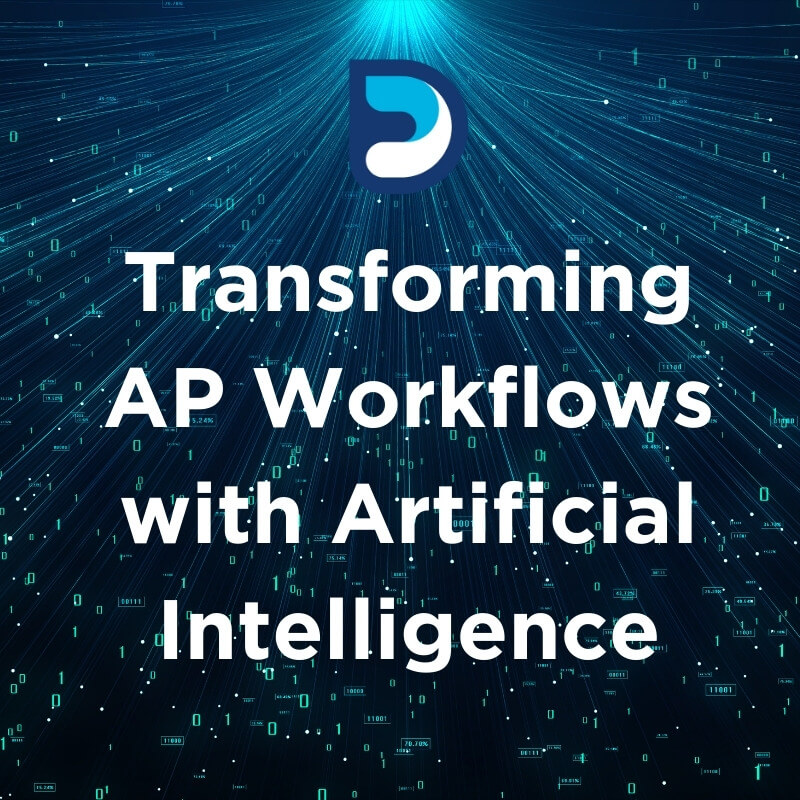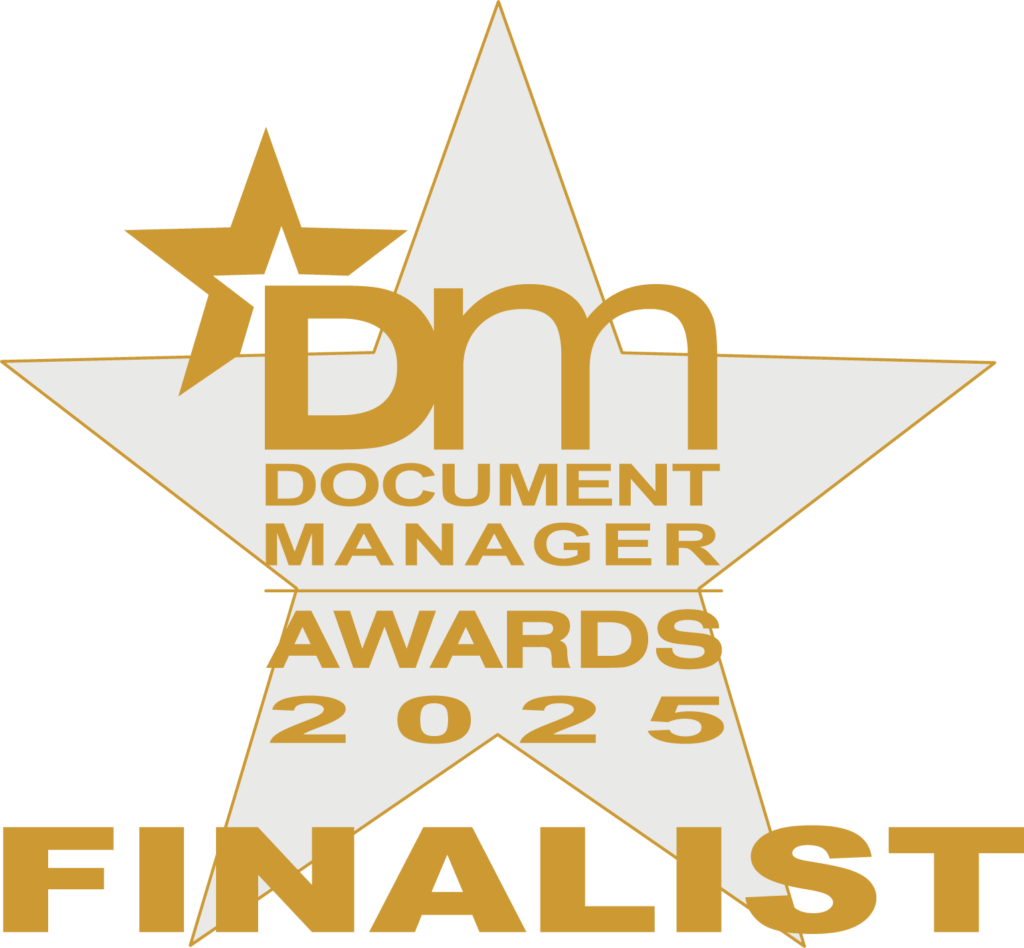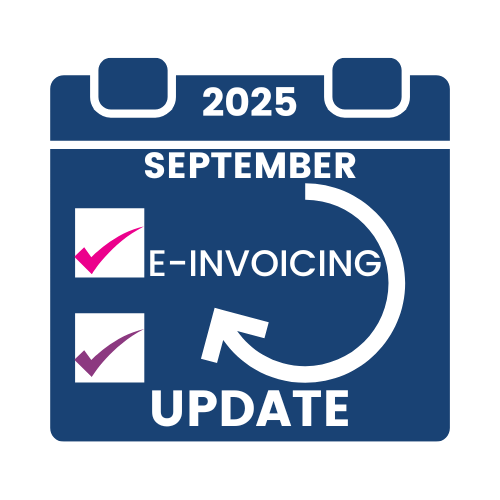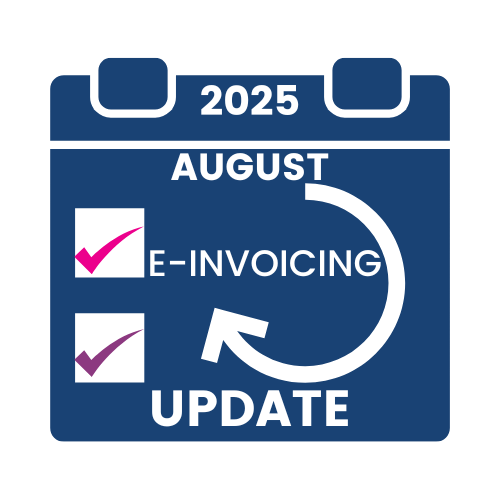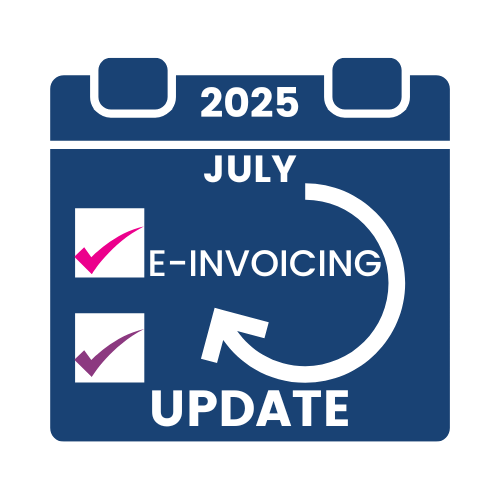Traditional accounts payable (AP) workflows are hindered by manual efforts, often resulting in errors and inefficiencies, which cause high operational costs. From data entry to chasing good receipts and the invoice approval process, these challenges put the AP team under unnecessary pressure. Meaning shortcuts are taken and mistakes are made.
Artificial Intelligence streamlines accounts payable, reducing errors and improving efficiency by optimising AP resources. Studies show that 70% of businesses plan to adopt AI for finance by 2026, underscoring the importance of AI in financial processes.
The Role of AI in Accounts Payable
Artificial Intelligence is defined as a collection of technologies that allow computers to perform tasks that usually require human intelligence. AI uses algorithms, data, and computer power to simulate human learning, problem-solving, and decision-making.
In accounts payable, AI goes beyond traditional management methods by handling complex tasks with greater accuracy and speed. This includes automating repetitive processes, detecting anomalies, and delivering actionable insights to improve decision-making.
Traditional AI systems rely on fixed rules and manual inputs, but newer AI-driven solutions learn patterns, adapt, learn, and continuously improve. These make workflows smarter and faster, reducing the need for human intervention.
Capabilities of AI-Powered Tools in AP
Automating Repetitive Tasks
Automating data entry and invoice matching is the first step in significantly reducing manual overloads for the AP team. Less mundane work means fewer errors, and AI ensures the tasks are 100% error-free.
For example, AI can scan and extract relevant data from invoices, automatically match them with purchase orders, and flag any discrepancies for review. All within minutes of a PDF invoice arriving in an email inbox.
Identifying Discrepancies
By analysing invoice and payment data, AI can quickly detect discrepancies, ensuring the accuracy of the invoicing and payment process and minimising disputes. It can route invoices directly to the original purchaser for receipt or approval, then monitor and follow up until this task is complete. During this process, the AP team has full visibility of the status of the invoice.
This enables the AP team to operate the entire process, not having to chase invoices around the wider business for approvals or receipts.
Providing Real-Time Insights
Large amounts of data can be quickly processed and analysed using advanced AI algorithms to deliver real-time insights. This predictive analytics gives businesses visibility across the supplier database and invoice statuses to optimise cash flow and predict payment trends. AI enables finance teams to make proactive decisions that improve financial performance.
Improving Fraud Detection
AI-powered solutions can detect anomalies by analysing historical data. Unusual patterns in transactions, such as unusual user sign-in times or changes in supplier details. This can help prevent and detect fraudulent practices and ensure compliance with regulatory requirements. AI can help with delegated authority, ensuring all invoices are processed and paid within business rules.
Seamless Integration with Financial Systems
AP automation software solutions integrate with existing financial systems such as ERP and accounting software. This compatibility reduces the need for complete system overhauls, making implementation both cost-effective and efficient.
AI-powered AP solutions are designed to work seamlessly with popular platforms like SAP, Oracle, and Microsoft Dynamics, ensuring smooth data flow and minimal disruption during the transition. With APIs and cloud-based integrations, businesses can quickly deploy AI tools and start reaping key benefits.
Scalable Solutions
AI solutions are highly scalable, making them suitable for businesses of all sizes. Whether processing 5,000 invoices annually or managing millions, AI can adapt and scale to the business’s specific needs, without the usual associated costs of increased teams, desk space, and storage.
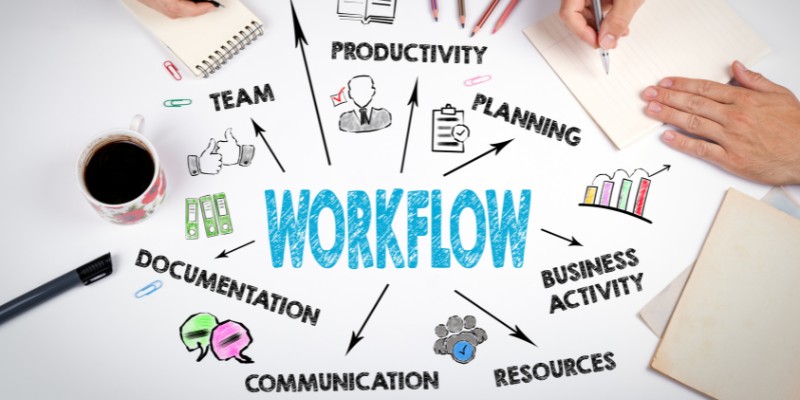
Key Challenges in Traditional AP Workflows
Manual Data Entry Errors
Manual processes are prone to inaccuracies such as typos and input errors due to the mundane nature of the task. Humans lose focus and concentration, leading to time-consuming fixes and overall delays, or worse, non-payment or overpayment to suppliers.
Approval Delays
Paper-based systems create bottlenecks, slowing down invoice approvals and disrupting cash flow. Sending hard copies of an invoice for a wet signature is flawed. It can result in missing or duplicate paper invoices and time wasted, and a lack of visibility of the status or even the locality of the invoice. These delays can also damage relationships with suppliers, who rely on timely payments to maintain their own operations.
High Operational Costs
Labour-intensive AP workflows inflate operational costs and impact profitability. The reliance on manual processes often requires additional staff, further increasing expenses, especially as a business grows. Implementing automation cuts the need for extra team members within your accounts payable department, as the solution can be easily scaled.
Lack of Transparency
Tracking, processing invoices, and maintaining compliance with audit requirements becomes difficult without a centralised, transparent system. This lack of visibility can lead to missed payments, duplicate invoices, and compliance risks.
It also means audits are more lengthy and therefore more expensive. Having a digital archive with a file and a find service allows invoices and transaction details to be retrieved in minutes rather than hours.
How AI and ML Transform AP Workflows
Automating Invoice Data Capture
AI-powered tools leverage Optical Character Recognition (OCR) and machine learning to extract and validate invoice data, reducing errors and processing times. Unlike traditional OCR systems, AI-enhanced solutions can learn and adapt to new invoice formats. Ensure accuracy even with unstructured data.
Historically, OCR was based on templates that captured predefined fields of text and numbers. More recently, freeform capture is used and machine learning allows users to ‘teach’ the AI engine by identifying problem fields or missing information on the go. Also, with the addition of text layer PDFs, data capture now uses multiple methods to achieve quicker and more accurate results. Capture rates of 95% and more.
Streamlining Approval Workflows
AI automatically routes invoices to the appropriate approvers if no pre-approved PO has been found. The invoice data is captured and used to send the invoice to the appropriate department/person for approval. It is then returned to the AP workflow and matched and coded using AI-based rules and machine learning. Exceptions are automatically routed to an exception workflow for the AP team to handle.
The AI tool monitors this workflow and learns from the AP team’s actions, and building knowledge. This eliminates delays, ensuring timely invoice processing. By setting predefined rules and using machine learning to adapt to organisational workflows, AI ensures that invoices move through the system efficiently and often in a touchless process.
Detailed Analytics and Reporting
AI provides deep insights into payment cycles, trends, and cash flow management and optimisation, enabling data-driven decision-making. With customisable dashboards and real-time reporting, finance teams can monitor key performance indicators (KPIs), drive government-mandated reports, and identify opportunities for improvement.
Improved Supplier Relationships
Faster processing times and fewer errors strengthen relationships with suppliers by ensuring payments are made on time and reducing disputes. AI helps businesses maintain a positive reputation with their suppliers, helping with valuable negotiations on price and early settlement discounts.
Supporting Compliance and Audit Readiness
AI solutions can generate audit trails and ensure compliance with financial regulations. This reduces the risk of penalties and makes it easier to prepare for and undergo audits, saving time and resources.

Steps to Implement AI in AP Workflows
1. Assess Current Workflows
Identify inefficiencies and areas for improvement. Conduct a thorough review of your existing processes to understand where AI can add the most value.
2. Research AI Solutions
Explore tools that align with your specific AP needs. Consider factors such as scalability, integration capabilities, and user-friendliness. Most AP automation solutions now include AI as standard, but beware!
Generative AI is still in the early stages as part of an AP automation solution, and there are pitfalls. For instance, inaccuracies can occur if GenAI prompts are misleading or unclear, leading to errors in financial processes or general confusion within the team.
3. Integrate Solutions
Ensure seamless compatibility with existing financial systems. Work with experienced solution providers who have implemented the automation software and integrated historical payment data with the finance system before.
4. Train Employees
Equip your team to use new systems effectively. Provide comprehensive training to ensure that employees understand how to make the most of the new technology whilst still understanding the fundamentals of the process.
5. Monitor and Refine
Track performance metrics and adjust processes and workflows as necessary. AI is always learning. The automated processes should become more and more streamlined and need less input from the team. Use the insights provided by AI to continually review processes, setting measurable KPIs to monitor the progress and address any emerging challenges.
Common Pitfalls to Avoid
Underestimating Change Management
Ensure that the AP team is prepared for the transition and understands the benefits of AI adoption. There is a perceived dark side to automation that makes people fear for their jobs. Reassure the team that their jobs will be more enjoyable, ridding them of manual data input and other mundane tasks, encourage them to learn new skills, and embrace the change.
Failing to Align with Business Goals
Choose solutions that align with your organisation’s strategic objectives, both commercially and in implementation. Make sure there is a proper review of processes and that the automation is not just repeating a bad one. Set goals with an understanding of timelines and priorities.
Neglecting Data Quality
Poor-quality data can undermine the effectiveness of AI tools. Prioritise data analysis, cleansing and standardisation before implementation.
FAQs
Will AI take over accounts payable jobs?
AI is designed to improve, not replace, human roles. Automating repetitive tasks allows AP teams to focus on strategic, value-added activities such as supplier negotiations and financial analysis, including tasks such as statement reconciliations and historical data mining.
How can RPA and AI be used for accounts payable automation?
Robotic Process Automation (RPA) and AI work together to automate tasks like data capture, invoice matching, and workflow routing, creating a more efficient AP process. RPA handles rule-based manual tasks, mimicking exactly what a human does but at least 15 times faster, while AI learns more complex processes and builds on its knowledge to increase automation iteratio,n therefore managing more complex, decision-driven processes.
What industries are leading in adopting ML for accounts payable processes?
Industries such as manufacturing, retail, and healthcare are at the forefront, driven by high invoice volumes and complex supply chains. However, all industries can benefit from the speed and accuracy AI-powered AP automation solutions offer.
What is the ROI of implementing AI in AP workflows?
The return on investment (ROI) of AI implementation depends on factors such as invoice volume, current inefficiencies, and labour costs. However, many organisations report significant cost benefits such as early payment discounts, no duplicate payments, better use of cash from an increase in visibility of cash flow, shorter, less labour-intensive audit processes, and improved accuracy of financial data.
Finance Process Automation Solutions
The Role of AI in Accounts Payable
Artificial Intelligence is transforming accounts payable workflows by addressing traditional pain points such as inefficiencies, errors, and high costs. With AI-powered solutions, businesses can streamline to adopt a touchless process for a large % of their incoming invoices, increase accuracy, and achieve significant benefits and cost savings.
Ready to transform your AP processes with embedded AI in your AP automation solution? Contact Documation today to discover how our AI-driven solutions can revolutionise your accounts payable processes.
